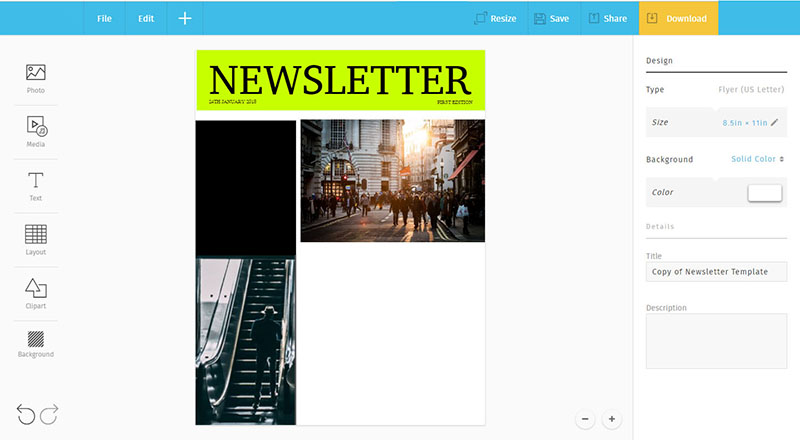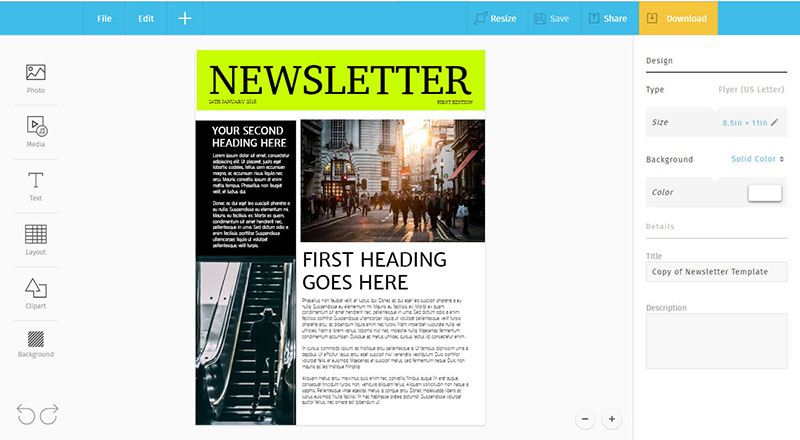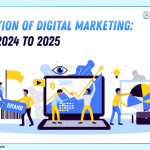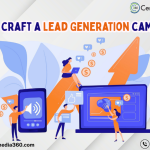What is Newsletter and It’s Importance

Definition: Newsletters are digital template describing information’s of a business or an organization. Companies send informational & product-focused content template via an emailed letter to its subscriber list that comprises potential and existing customers. Online business utilizes newsletters to keep their brand in users mind. It also helps to notify loyal readers about products & new launches.
How To Create a Newsletter
Step 1: Choose Your Layout
There are different ways to lay out an informative template. Having a consistent header unites the pages of the document and make your newsletter looks professional. Always aim to maintain a balance between text & images in your newsletter. Images should be relevant to your content. Breaking up the text into columns can make it more legible.

Step 2: Incorporate Graphics and Design
Newsletter presents a good opportunity to cement your brand. By incorporating your brands, logo and typeface, you can increase brand recognition and improve the likelihood that your newsletter gets views. Only two typefaces are used—a serif font for the paragraphs, and a strong-looking sans serif font in all caps for headers, captions, dates, and names. The designer of the newsletter is giving the audience takeaways that are easy to remember. Using dark text against a light background ensures the content read ability.

Step 3: Craft Your Message
Make sure your text is copy edited and that your articles are succinct and easy to read. Also, event calendars and new product features are expected components of a newsletter. For e-newsletters, the unsubscribe process should be easy for your readers.
Articles on a given page of a newsletter should have a unified theme. That way, readers can tell at a glance whether it’s interesting or not.

Like all marketing initiatives, newsletters need to have a quantifiable impact on the business. The first step is setting measurable goals, which often include:
• Increase recipients, measured in subscribers
• Read the newsletter, measured by open rate.
Effective Newsletters Are Informational Which Help To Decrease The Unsubscribe Rate.
To get customers to open and read an email, the content needs to be genuinely interesting for users which sustain them as subscribers. Also, users are much more likely to open an email, related to education or entertainment and this can be accomplished with a catchy subject line.
Newsletters give online businesses an opportunity for marketers to demonstrate their products. Subscriber will get the information about why certain materials are better, some styles are popular, or a story about your brand. These give readers a reason to trust you and also tell a story that brings more personality to your brand. Customers with a strong attachment to a particular company spend 23% more than average consumers, and the newsletter is a prime potential creative way to distinguish a brand from the competition.
Discuss Few Points About How To Create An Effective Newsletter:
Businesses from a variety of industries utilize newsletters to reach their target audiences and create brand exposure. So each company designs its distribution differently depending on the wants and needs of its readers. However, every newsletter contains certain necessary elements to make it successful:
- Creative headlines: Subject lines should entice the reader to open the email and accurately represent its contents.
- Relevant and consistently scheduled: Information should specific to the target audience and published in regular intervals.
- Strong call to action: Every newsletter should have a desired action to performed by the reader.
- Uncluttered format: If leads are confused or overwhelmed by the formatting, then they are more likely to unsubscribe or be disengaged with the newsletter.
- Mobile responsiveness: More people are using mobile devices to check email and shop online. Hence, companies need to make sure their newsletters are optimize for tablets and smartphones for the best results.
- Unsubscribe: Businesses want to keep leads as happy as possible, even if that means losing their subscription to a newsletter. Furthermore, opt-in forms must be visible for potential customers to sign up.
- Terms and Conditions: Subscribers wants to know what their personal information is use for when they sign up for a newsletter. Include a link to your privacy policy so they can reassured that their data won’t be shared.






